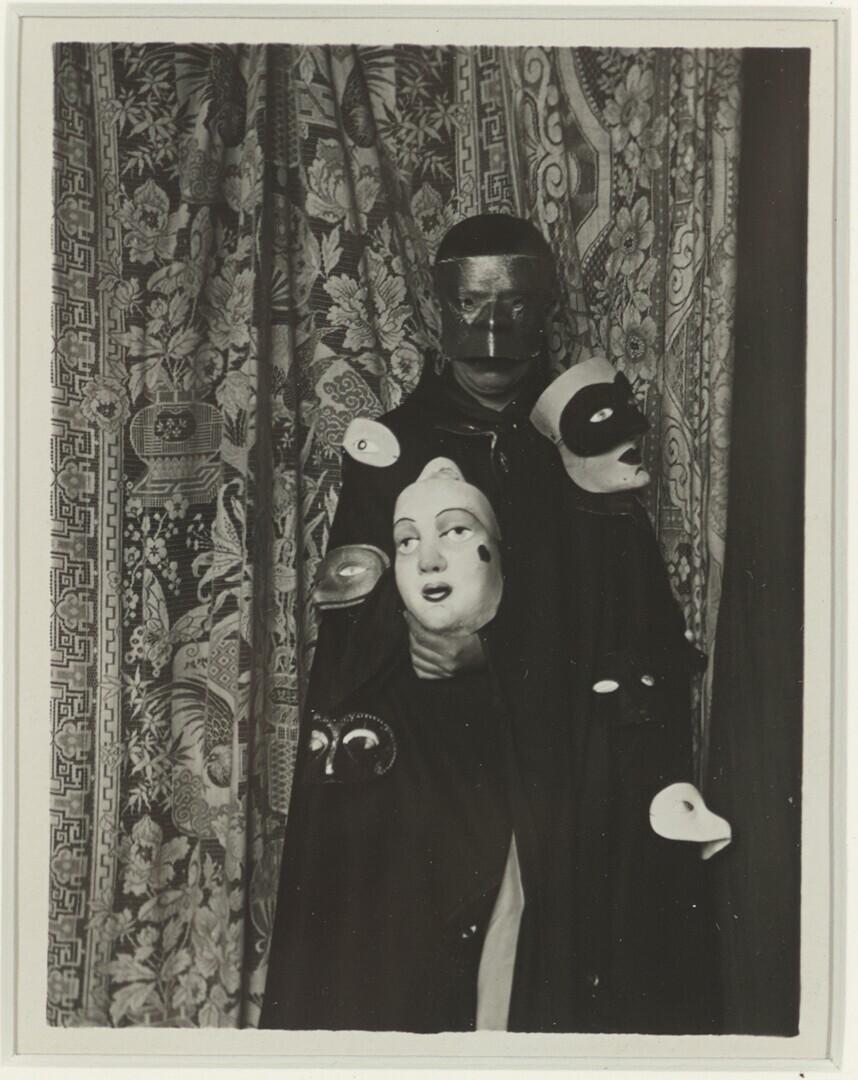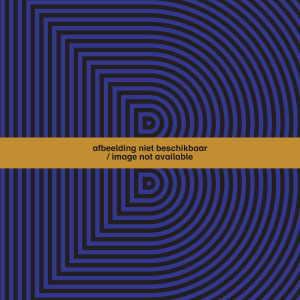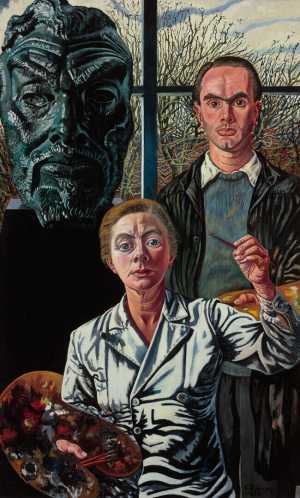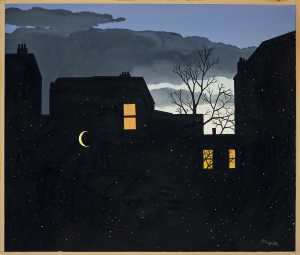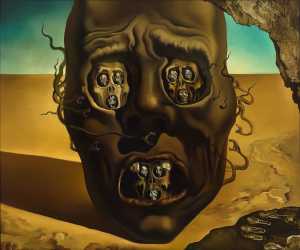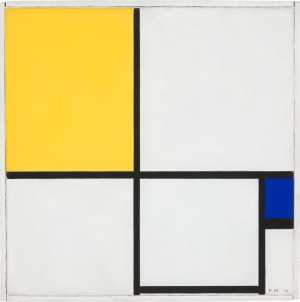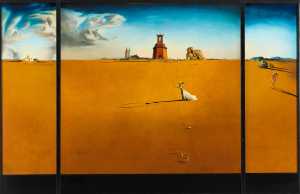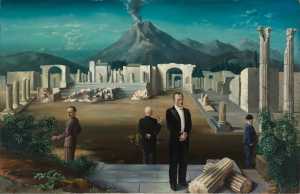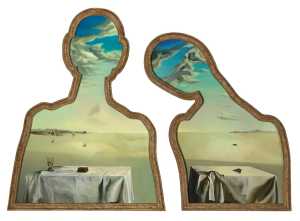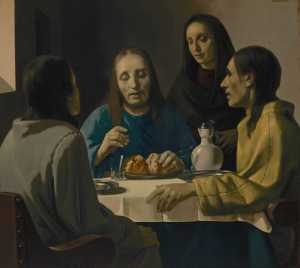Specifications
| Title | Self-Portrait |
|---|---|
| Material and technique | Vintage gelatin silver print on fibre-based paper |
| Object type |
Photograph
> Two-dimensional object
> Art object
|
| Location | This object is in storage |
| Dimensions |
Height 9,7 cm Width 7,5 cm |
|---|---|
| Artists |
Artist:
Claude Cahun
|
| Accession number | 3395 (MK) |
| Credits | Purchased 1996 |
| Department | Modern Art |
| Acquisition date | 1996 |
| Creation date | in 1928 |
| Provenance | Galerie Cokkie Snoei, Rotterdam 1996 |
| Exhibitions | Bruges 1999; London/Rotterdam/Bilbao 2007-08; Rotterdam 2017b |
| Internal exhibitions |
Collectie - surrealisme (2017) |
| External exhibitions |
Power Mask. The Power of Masks (2017) Dal nulla al sogno (2018) Claude Cahun. Onder de huid (2022) |
| Research |
Show research A dream collection - Surrealism in Museum Boijmans Van Beuningen |
| Literature | Leperlier 1992, p. 78; Paris 1995, pp. 50, 142, cat. no. 52; Ander/Cottingham/Snauwaert 1997, p. 118, cat. no. 52; Rotterdam 2007, p. 67; London 2007, cat. no. 30, pp. 312-13 |
| Material | |
| Object | |
| Technique |
Gelatine silver print
> Bromide print
> Photographic printing technique
> Mechanical
> Planographic printing
> Printing technique
> Technique
> Material and technique
|
| Geographical origin | France > Western Europe > Europe |
Do you have corrections or additional information about this work? Please, send us a message







